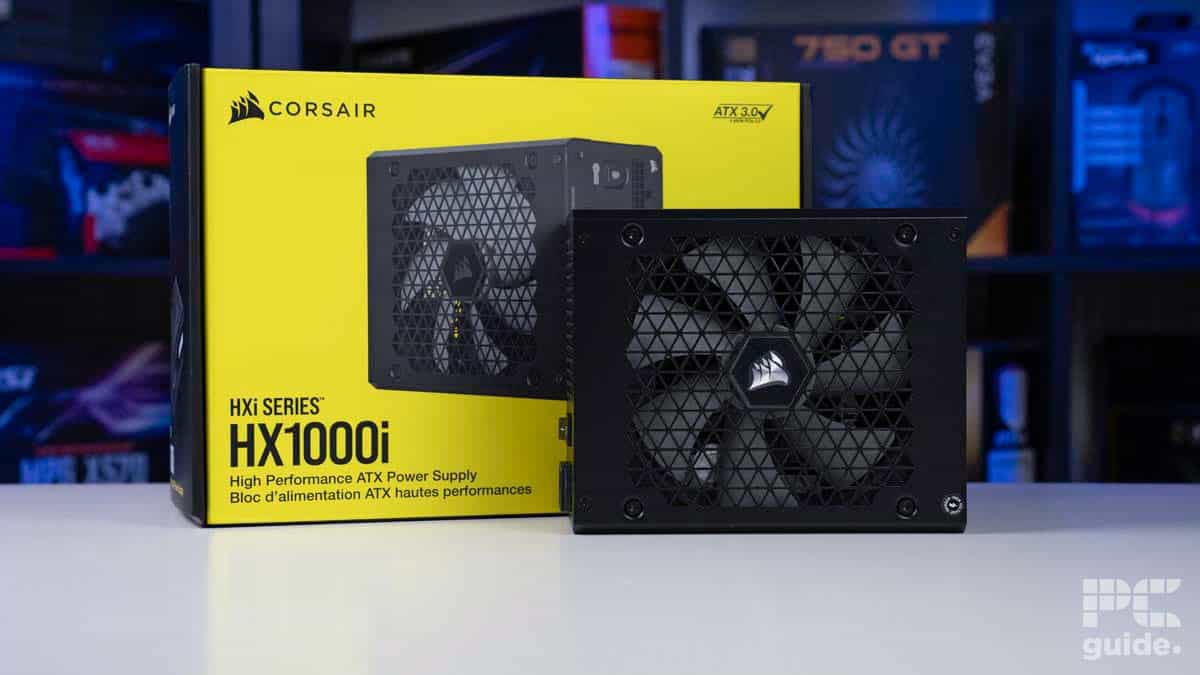How we test PSUs

Table of Contents
The power behind your gaming PC there is a lot to rely on with your chosen power supply. It gives life to your machine and does hold a lot in its hands. Although overlooked a lot it’s still an important consideration when you’re b building out your system. That’s why when building out our buying guides we want to make sure to just be giving the top recommendations and having a good reason to do so. When testing these units we use the following system:
- Ryzen 9 7950X CPU
- ROG X670E Hero motherboard
- Corsair Dominator Titanium 64GB 6600
- ROG Ryujin II 360 AIO CPU cooler
- MSI Gaming X Trio RTX 3090
Setting up the power supplies to power this system we then put it through the paces to evaluate its capabilities. Along with checking out what else it has to offer and what makes it the right choice. So if you’re wondering how we make those choices and what we test we outline it below.
Contents
We go through everything that comes with the power supplies. From the packaging to the number of cables, we see what is available to you when building out your system and ensuring all your components get everything they need to power. Along with the generational support for newer hardware or plenty of other features that it has to offer.

Design and setup
Firstly we look over the look and features of the PSU. Looking over what form factor it goes by and how big it is. Even though it might be an ATX choice it might have a different length to it too. Here we also see all of the ports and connectors available to you, as the modularity may vary between models and options to pick from.
There is also the cooling of the PSU to consider, as it usually has an embedded fan that we look over and consider what it can achieve. We then set it all up to use on our test bench, seeing how well it connects up and how easy it is to do. Whilst also plug it into our power plug to see how much power it takes during testing.
Performance testing
Once all set up we put it through its paces, in drawing plenty of power from it. With the rig up and running we run the rig through Furmark 2 with both CPU and GPU stress tests at the same time. Loading up the components to their maximums so the PSU can get loaded up with plenty of power and see how well it does.
Here we utilize HWinfo to see how much power the components are getting and if it matches what it should be. We also check the power draw at the plug if it comes close to the rating of the unit and if it is sitting where it’s expected to be. Then we also look to official tests, without the facilities for full-on tests, Cybenetics data is the next best source through their thorough tests and ratings to give us another proper look at how well the PSU does in efficiency and sound.

How we score
Once all the tests and evaluations are done, we then have to finish the review and provide a good score. Evaluating what the PSU is capable of we then give it a score to give it an easy quick look at how well it compares to others in our tests. This gives a rough look at how much each part is considered in the final score.
Design (33%)
With the make and build quality one of the top considerations, it ensures you’re getting some good value for your money. Ensuring that it’s well thought out and all things considered when deciding on if it’s a good recommendation. That goes from cables all the way to the cooling and it comes with the latest choices for you to utilize.
Performance (34%)
A key factor of the PSU is how much you’re paying for it. It should provide you with a good value and ensure you’re getting enough from it. It should perform to the specs with a good efficiency rating and lower sound levels which may vary depending on the price and all.
Pricing (33%)
The last key factor is how much you end up paying for the PSU. Of course, there are benefits to more expensive choices like efficiency but you don’t want to be overpaying for what you get. You also might look for cheap choices but then you might be losing out on other features.






